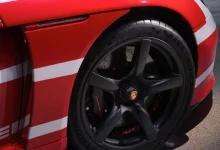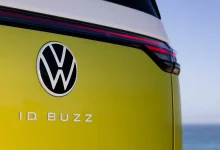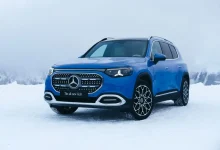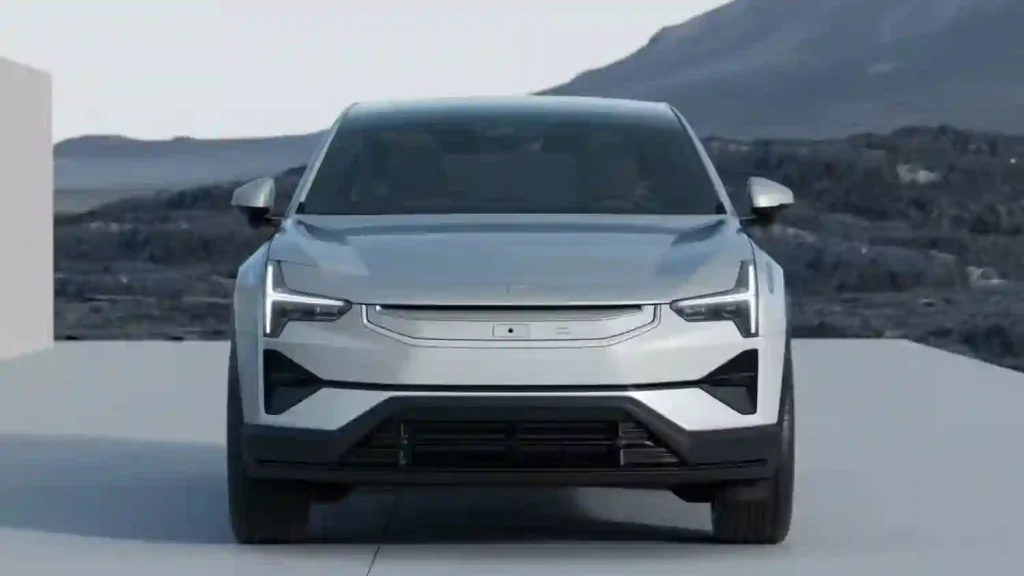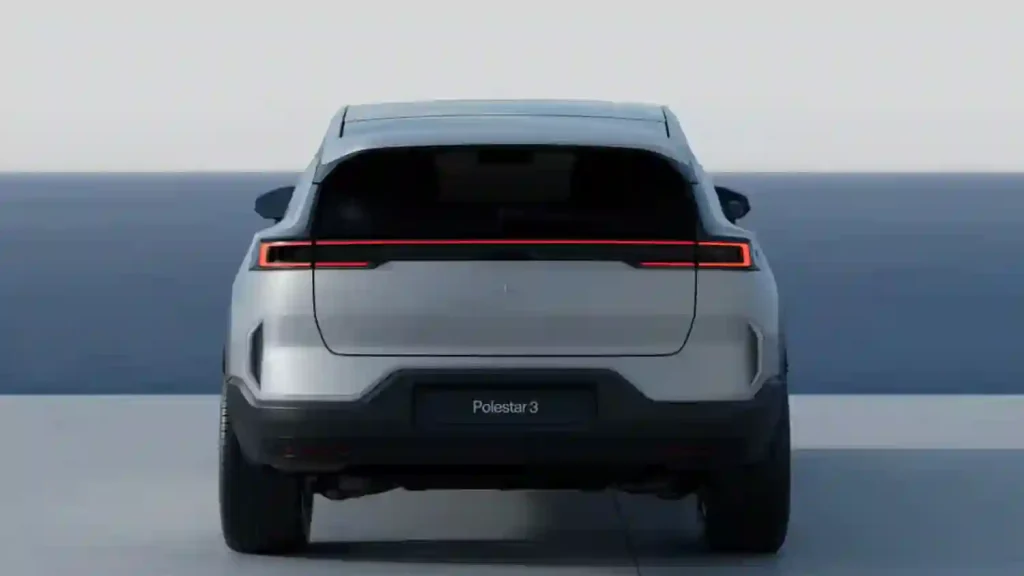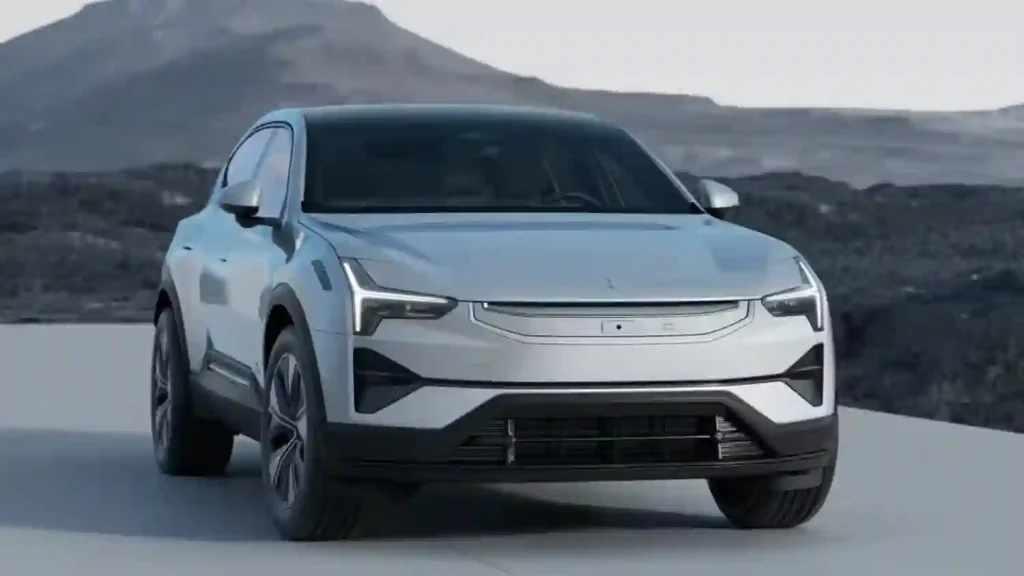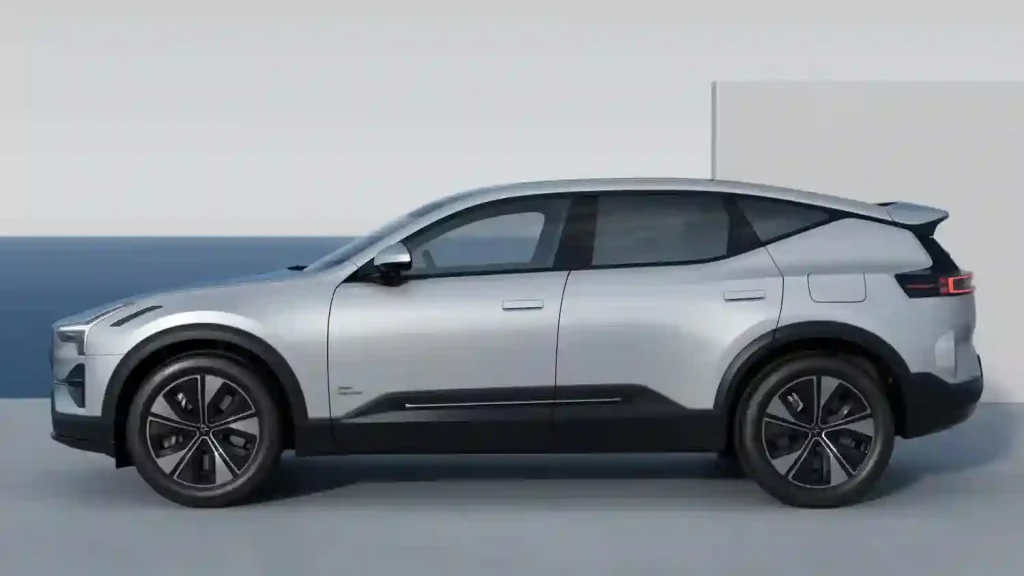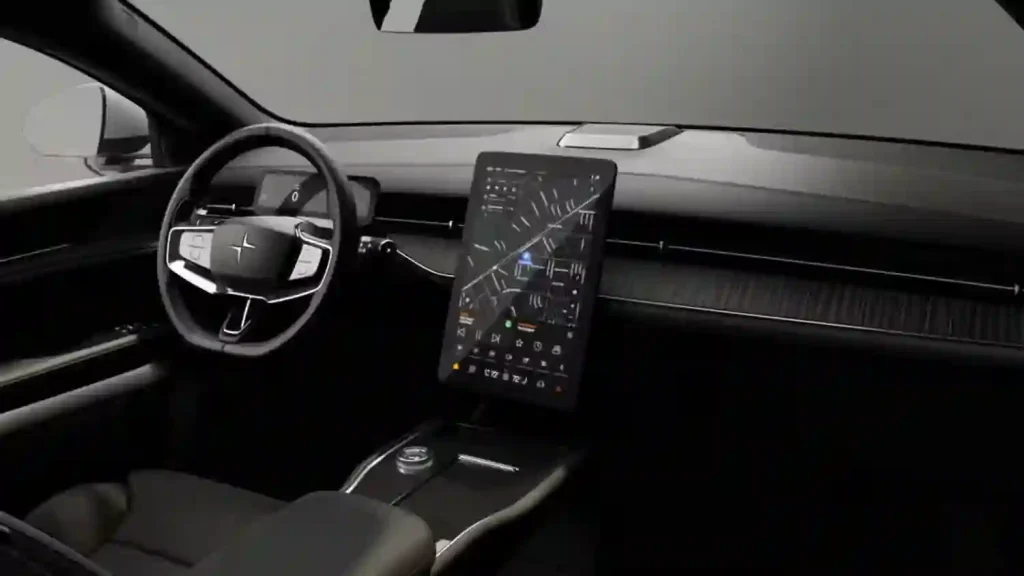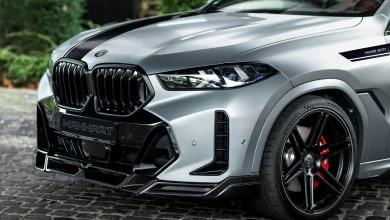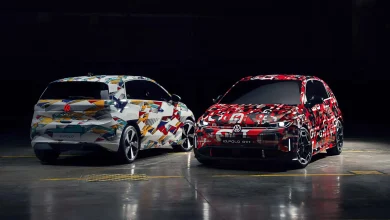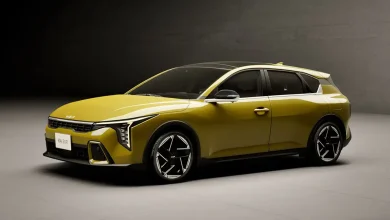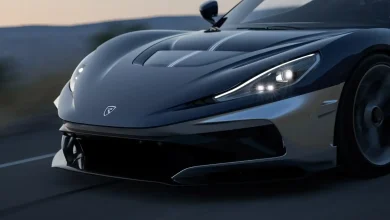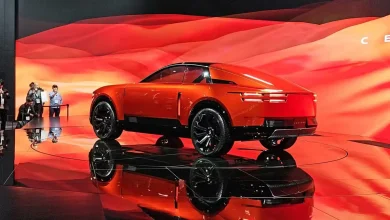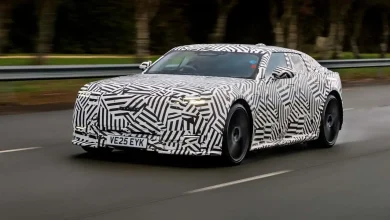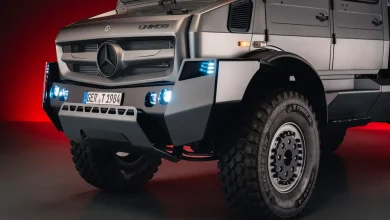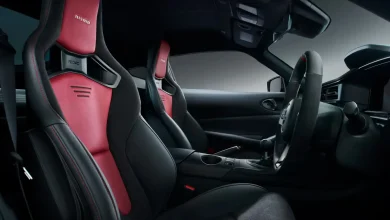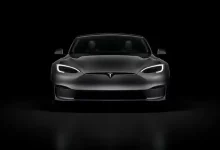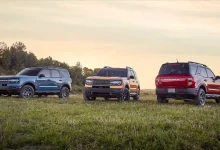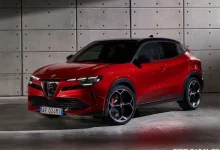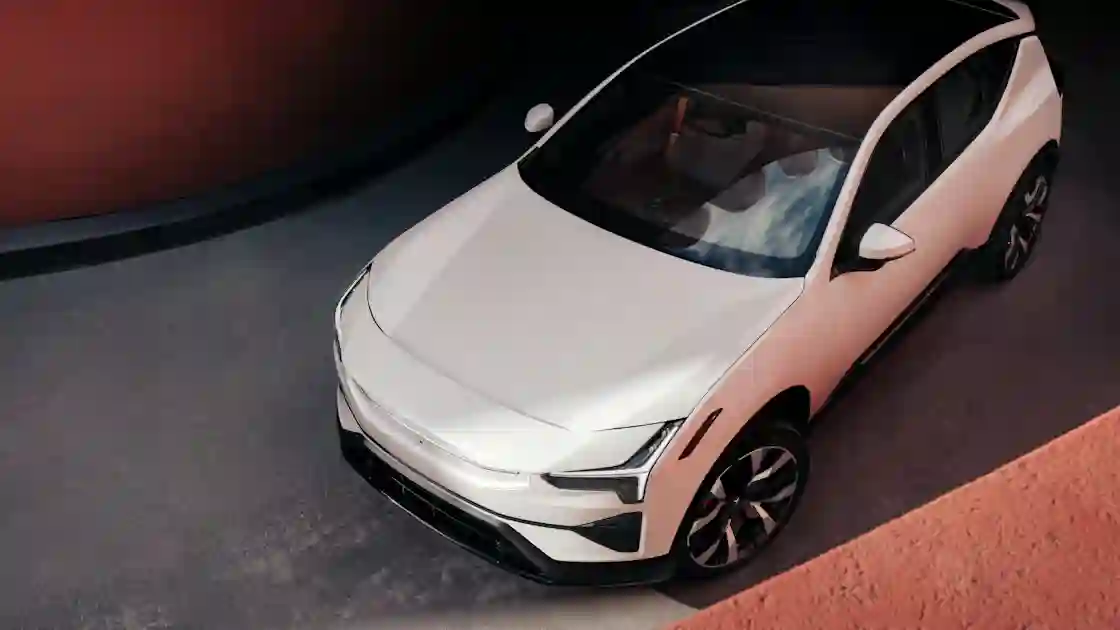
Polestar has traditionally positioned itself as an exclusive premium performance brand, aiming to carve out a niche more akin to a Swedish Porsche than a mass-market name like Toyota. However, that strategy is set to evolve with the launch of the Polestar 7 SUV. This new model is expected to be more affordable and accessible, marking Polestar’s step into a broader, mainstream market — essentially their answer to Tesla’s Model Y.
Despite this shift toward wider appeal, Polestar’s leadership emphasizes that the 7 will still embody the brand’s distinctive character and sporty edge, ensuring it remains true to its performance-driven roots while reaching more customers.
More Mainstream, But Still Exciting
Polestar executives are quick to assure fans that the new 7 SUV won’t lose the brand’s signature driving excitement. Just like the Polestar 3 and 4, the 7 is designed to deliver a fun and engaging ride — proving that going mainstream doesn’t mean going mellow.
“We’re dedicated to getting the Polestar DNA just right. Our R&D team’s key mission is to ensure that the chassis tuning, driving behavior, and overall look and feel fully embody what it means to be a Polestar,” said CEO Michael Lohscheller.
– Polestar CEO Michael Lohscheller
Fresh, More Detailed Designs on the Horizon
Polestar CEO Michael Lohscheller revealed that the Polestar 7 will introduce a new design language, which is expected to influence mid-cycle refreshes across the brand’s lineup. “Design is of the highest importance,” Lohscheller said. “The 7 needs to feature a striking design that stays true to Polestar’s style—perhaps with a bit more confidence and a strong emphasis on performance.”
Philipp Römers, the newly appointed head of design at Polestar, will lead the brand’s shift toward a “less minimalistic” design approach. While details remain uncertain, it’s unclear whether the Polestar 7 will feature a bespoke platform or utilize one from the wider Geely family, which also includes Volvo, Lotus, and Zeekr. For context, the Polestar 2 and 4 share their platform with the Volvo XC40, while the Polestar 3 is built on the same platform as the Volvo EX90.
“If you compare the Polestar 3 with the EX90, I’d say both are very well executed. The Volvo focuses on comfort and safety, making it ideal for a smooth, easy commute. Meanwhile, the Polestar delivers a true performance experience — you can feel it in the way it drives. The suspension and chassis tuning are distinctively different,” explained CEO Michael Lohscheller.
“Design is always evolving, especially with a new head of design at the helm. While we’ll maintain the core principles of Scandinavian design, I want to introduce a bit more confidence moving forward,” Lohscheller said.
Polestar is set to announce a European production site in the coming weeks. Although the China-built Polestar 2 has been discontinued in the U.S., the Polestar 3 and 4 remain available. The 2026 Polestar 4 recently received an update without any price increase, despite new tariffs. This bodes well for the brand’s plans to bring a more affordable, mainstream model to the U.S. market, likely exported from Europe despite ongoing trade challenges.
